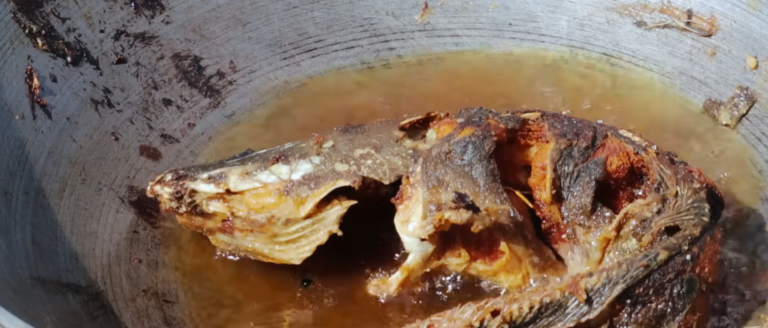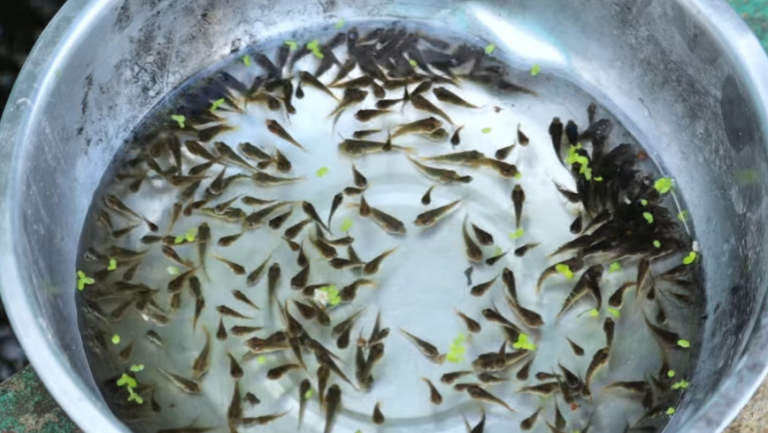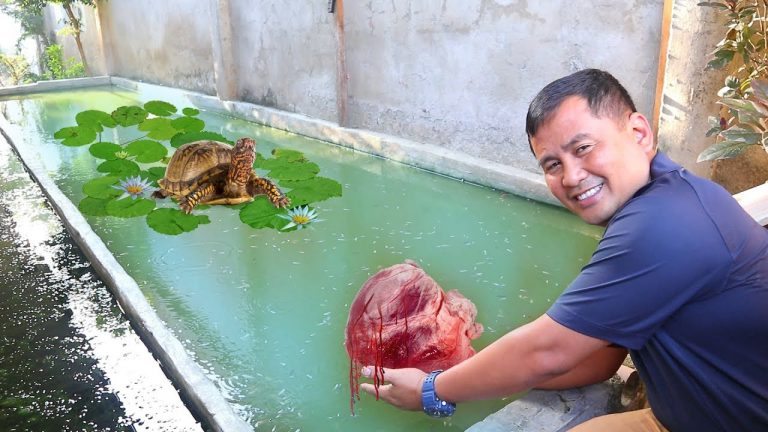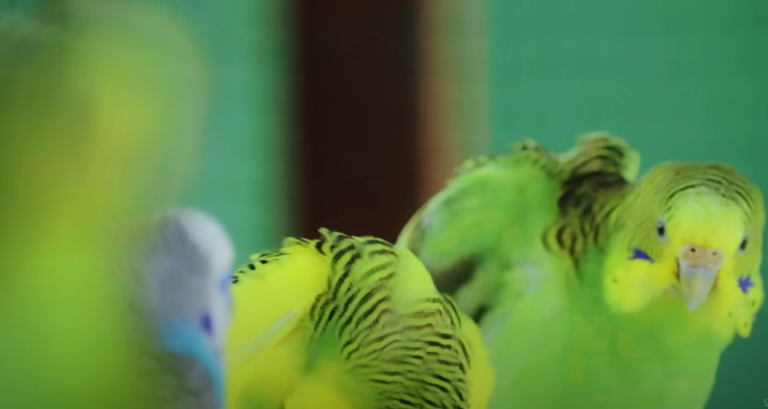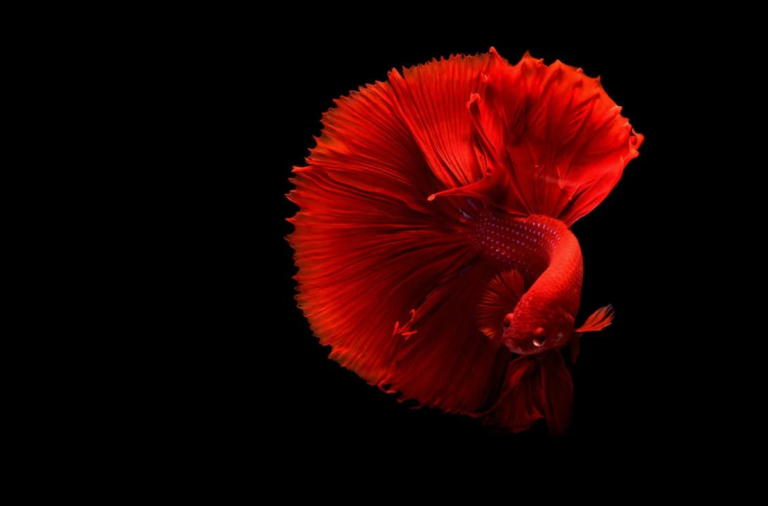Growing Success with Tilapia and Catfish Farming at Dexter’s World
Hi guys, it’s a beautiful day once again and welcome back to Dexter’s World channel! In today’s video, we have some exciting updates and valuable insights to share about our journey in fish farming, especially focusing on tilapia and African catfish.

Fulfilling Promises to Our Subscribers
In my previous video, I promised to give tilapia fingerlings to our qualified subscribers and beneficiaries. I’m thrilled to announce that several subscribers have shown interest in availing our tilapia fingerlings. This aligns perfectly with my goal to help people earn an income through breeding ornamental fish and food fish.

The Reliability of Fish Farming
Fish farming, particularly with tilapia and catfish, is one of the most reliable businesses you can engage in. The food business is ever-growing, and breeding fish for human consumption ensures a steady income. Tilapia and catfish are in high demand due to their delicious taste and nutritional benefits.

Updates on Our Tilapia Fingerlings
Our tilapia fingerlings are growing well, and I’m excited to show you their progress. We have thousands of tilapia of various sizes in our tanks. Breeding tilapia is relatively easy because they don’t require much human intervention. The parents naturally take care of the babies, and they don’t eat their fry, which increases our success rate to over 90%.

Tips for Growing Tilapia Fingerlings
- Water Condition: Ensure the water condition is optimal. Use a submersible pump connected to a filtration box. Since the fingerlings are small, I use an air pump to provide good oxygen.
- Daily Water Changes: Without a filtration system, daily water changes are essential to prevent ammonia buildup.
- Monitor Growth: Regularly check the size of your fingerlings and transfer them to larger tanks as they grow.

Feeding and Maintaining Catfish
In addition to tilapia, we also breed African catfish (hito). These catfish require more care due to their tendency to practice cannibalism if overcrowded. Providing ample space and a good diet is crucial for their growth. We feed them high-protein pellets and occasionally live food from swampy areas.

Utilizing Azolla and Duckweeds
One way to reduce feed costs is by cultivating azolla and duckweeds. These plants grow rapidly in fish ponds and provide high-protein food for both fish and chickens. Using natural food sources helps us minimize the cost of farm inputs.

Future Plans and Projects
We are constantly working to improve and expand our farm. One of my dreams is to set up a pet shop or aquatic shop on the farm. This will not only be an attraction for visitors but also a learning center for those interested in fish farming and breeding tropical fish.

Encouraging Hobbyists and Entrepreneurs
If you have a passion for fish farming, now is the time to start. Whether you’re interested in breeding tropical fish, tilapia, or catfish, this business has great potential for success. Your passion can turn into a thriving business, providing both income and personal satisfaction.

Join Our Community
Thank you for supporting Dexter’s World. If you haven’t subscribed to our channel yet, I humbly ask you to please subscribe and hit the notification bell. We are close to reaching 2 million subscribers, and your support helps us share valuable information and experiences.

See you in my next video, only here at Dexter’s World!


